YOUR CART
- No products in the cart.
Subtotal:
$0.00

At the heart of Jennifer Collier’s work is a love of experimentation as she explores what is possible – and what is not. As a student she worked with materials such as orange peel, jelly tots and other edible items; now she mines the pages of books and scours charity shops and flea markets for pre-loved printed ephemera to feature in her work.
Her love of literature has always been a pull, and pursuing this interest led her to focus exclusively on working with paper. She spends hours painstakingly recreating household objects as 3D sculptures by manipulating and stitching paper, the latter often having a story of its own to contribute.
It’s not just discarded ephemera that she rescues. Jennifer has a passion for resurrecting heritage hand stitches. She explains that taking the time to master and then repurpose a stitch to use with paper is also about making sure that an important part of our textile heritage is not lost but, instead, is kept alive.
Her artworks are the result of many hours and much head scratching. She freely admits that half of what she creates ends up in the bin, but also that the other half wouldn’t happen without these mistakes – or the occasional happy accident. This willingness to experiment allows her to innovate techniques that make her work unique. It’s also an attitude that has helped her overcome her fears and say yes to opportunities, which have pushed her practice in new and unexpected directions.
Jennifer Collier: My go-to inspiration is always literature. When I started out with textile work, I was always trying to emulate the qualities of books and paper, which is why they became the material as well as the inspiration for my making. It might be a certain text, quote or even a book cover that sparks ideas for me.
My current practice focuses on creating work from paper. I produce unusual paper ‘fabrics’ which are used to explore the ‘remaking’ of household objects. There were a number of years when my work straddled paper and textiles but I found there were too many options and possibilities.
By limiting my medium to paper it is much less overwhelming. Now I feel my work is more coherent and I don’t risk getting side-tracked.
I source the papers by scouring charity shops and flea markets, then I find a way in which they can be re-used and transformed, giving new life to things that would otherwise go unloved or be thrown away. I enjoy nothing more than finding a recipe book splattered with food stains or a book that a child has loved enough to take the time to colour in the illustrations – these are things that others may throw away, but I can save from landfill and transform into something beautiful. Although sometimes I may have the papers for years before I am brave enough to use them or have decided their function.
The papers are treated as if cloth and the main technique employed is stitch, a contemporary twist on traditional textiles. I use both hand and machine stitch in my work, and where possible try to use traditional embroidery techniques. The papers are rarely treated in any way. Although some of the shoes are formed over a mould, using a moulding medium. Through years of practice you get a feel for how far you can push the paper and when it is going to tear, as well as which papers work best for what job.
The papers themselves serve as both the inspiration and the medium for my work, with the narrative of the books and papers suggesting the forms. For example, a sewing machine made from dress-making patterns, or a camera out of vintage photographs.
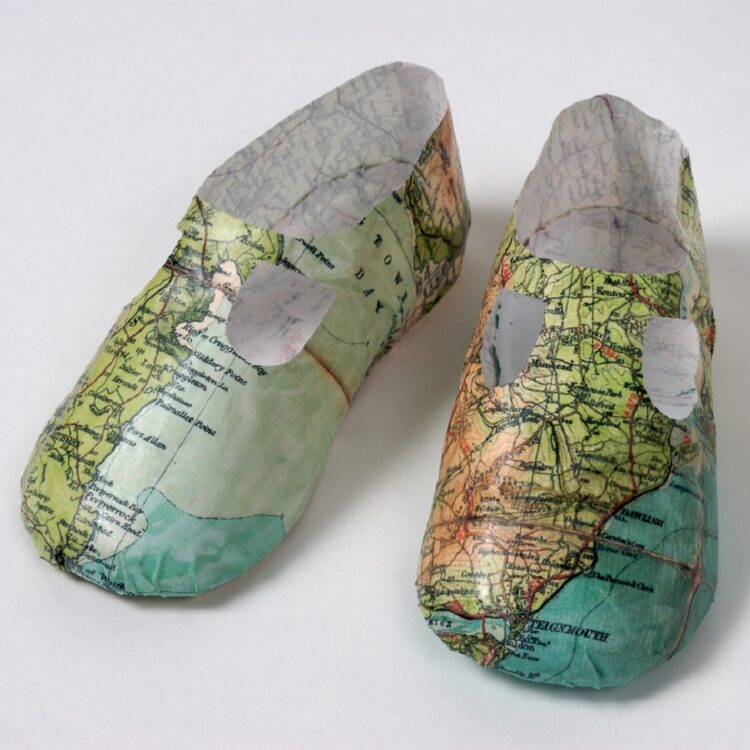
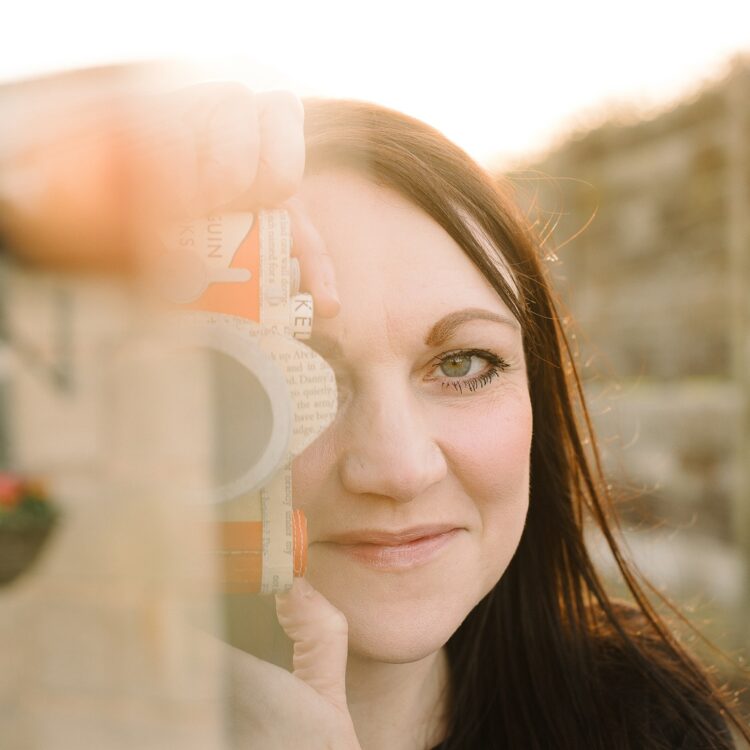
My way of working is still based on the processes of my textiles training and past work. The stilettos and brogues are made from a flat template I’ve designed and then constructed into a three-dimensional shoe shape, and the ballet slippers are hand-stitched to form the shape. I make all my own patterns, templates and moulds, so all the shapes are my design and therefore unique to me.
The trickiest part of my practice is devising templates so the piece can be repeated. I make exact measurements of an existing object to the millimetre and work out the pattern pieces for every component part of the object I am making.
Once I’ve made the template I make a test piece – the equivalent of making a toile in dress-making, to check that the pattern ‘works’ (which it rarely does first time) – and from this, I problem solve and refine the pattern until it fits together exactly. This can sometimes take weeks. Once the pattern is resolved and the template made, I can make the ‘real’ piece from my gorgeous recycled papers.
Although slow, this process is invaluable. I’m often asked to create pieces of work based on different objects – cameras or shoes or sometimes even boats, however, the research and development time necessary to create the templates can make the finished commission quite expensive. Instead, I now offer work to commission using papers of the customer’s choice to make the commissioning process viable.
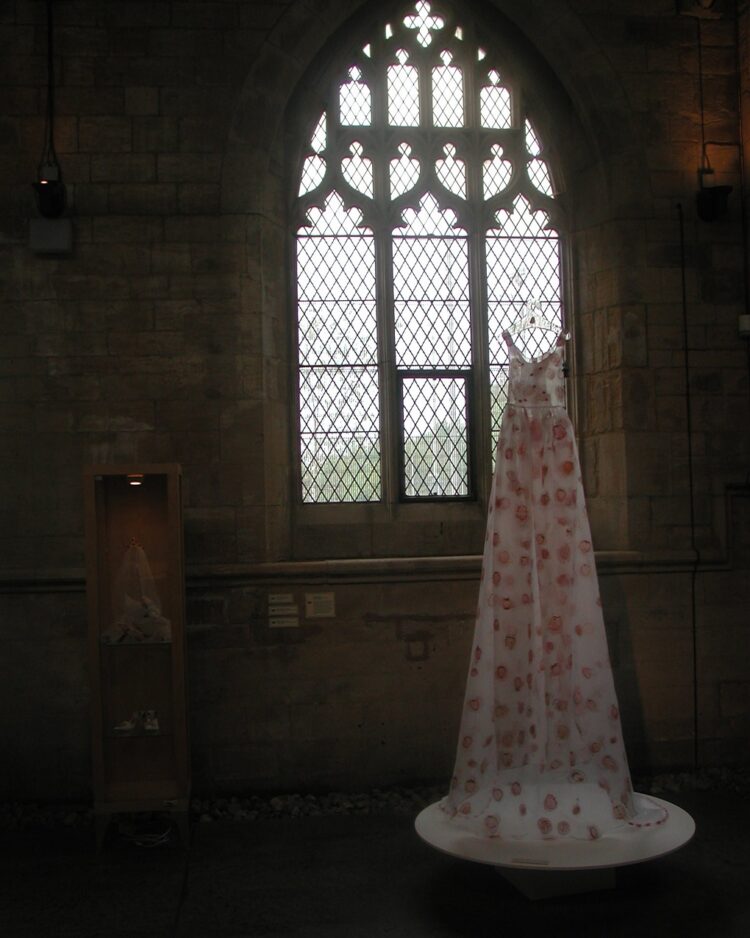
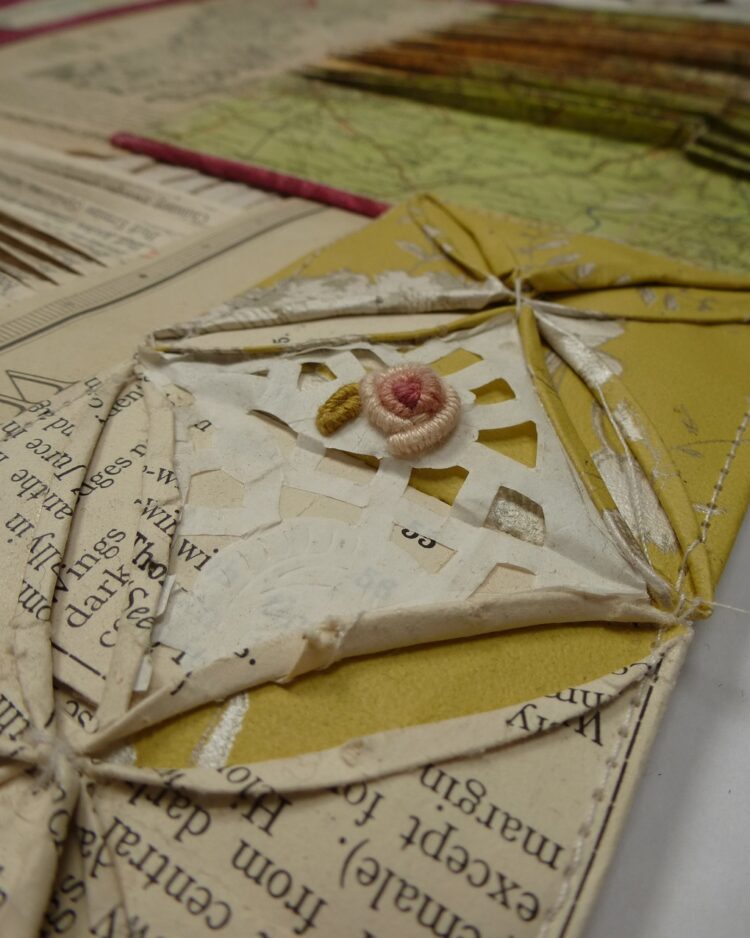
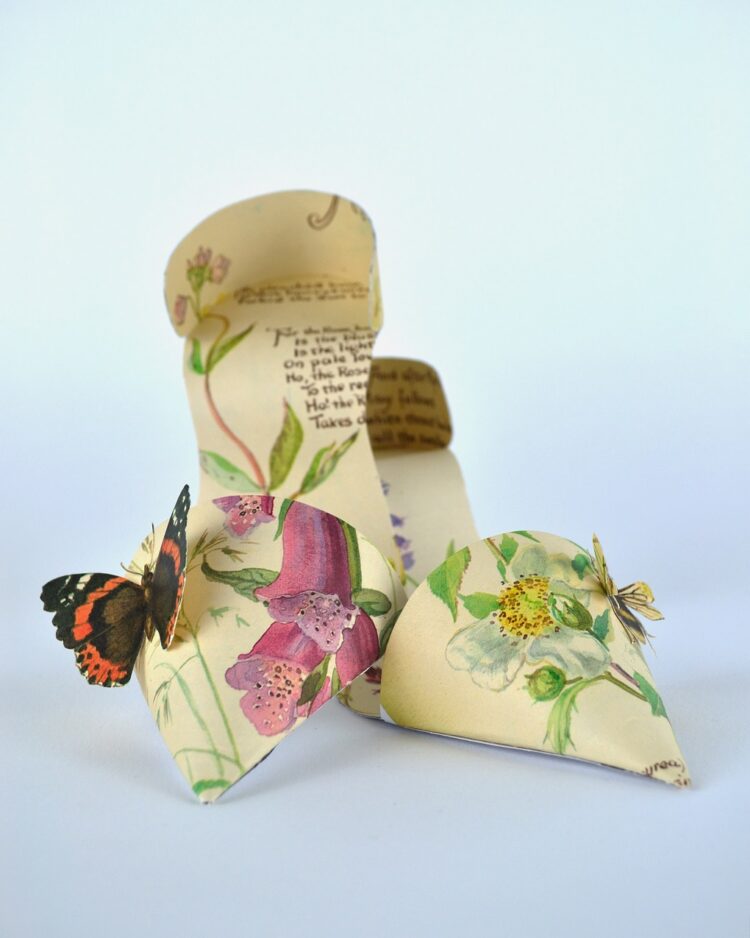
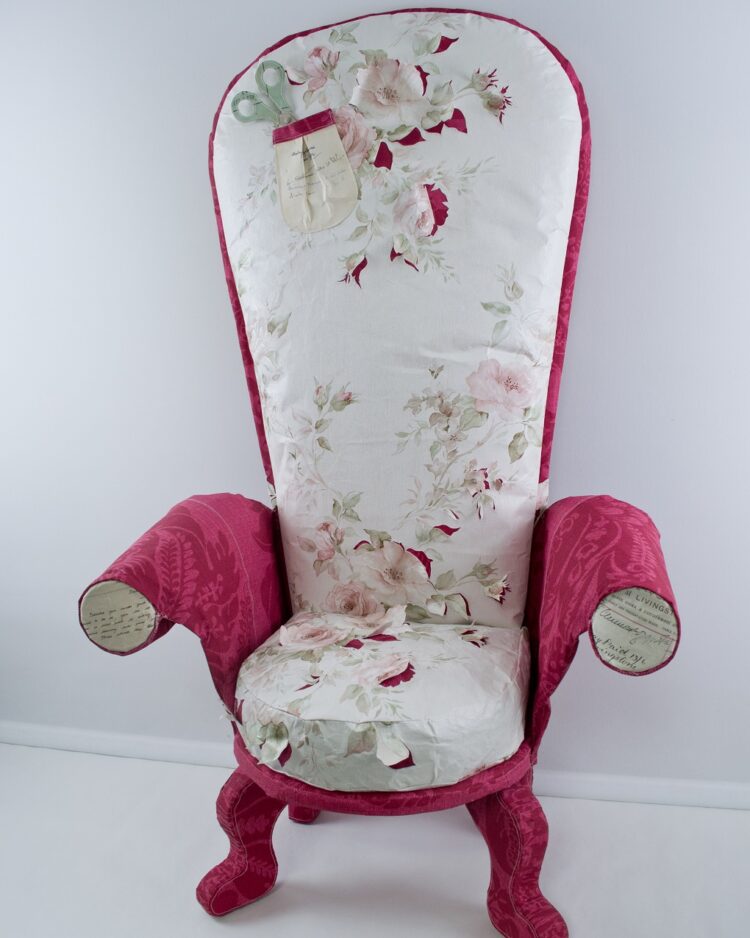
Don’t be afraid to have happy accidents and spend time playing with materials, as this is when you discover something truly unique.
When I was studying I started experimenting with different materials, weaving with orange peel, melting fruit bags – all manner of things my tutors did not approve of. I believe the best way to learn is by not being afraid to make mistakes, this way you allow yourself to have happy accidents. My degree show was a collection of six 8ft dresses made out of fruit and fabric, with a pair of shoes accompanying each dress.
All of the techniques I use in my work now are things I have taught myself since graduating, by experimenting with different media and techniques.
Probably more than half of my work never sees the light of day, but through the other half I have discovered techniques unique to my work.
A turning point for me was meeting renowned textile artist Amanda Clayton, who was my tutor on my foundation art course; I honestly believe that if it were not for her I would never have developed a love for stitch (or be brave enough to ‘drive’ a sewing machine).
Until that point, all I had ever seen and learnt was painting and drawing, as back then this was all that was offered in school. Luckily I met Mandy and she showed me the many facets of textiles and what they could be and she was always very patient, no matter how many needles I snapped.
Another pivotal moment for me arose out of adversity. Several years ago I had a massive problem with plagiarism. It suddenly felt that everyone was starting to make little dresses and shoes. I felt very frustrated that I had blazed an unconventional trail – I had been part of a movement that had made unwearable art items the norm – and now many others were making work just like mine.
One day I realised I would just have to push my practice in a new direction and start making work that was so intricate and complex people wouldn’t be able to copy it. This is what has pushed my practice to the stage it is now – making stitched 3D paper sculptures that are exact replicas of the original.
In hindsight, the plagiarism has been a useful spur to drive me on to make even better work with amazing attention to detail and most importantly, with integrity and my own artistic voice. There is no point making work like someone else’s, you should strive to make work that is your own – innovate, don’t imitate. Be patient – finding your artistic voice takes time.
I feel the most important thing is to learn a new skill and then to push it forward and make it your own.
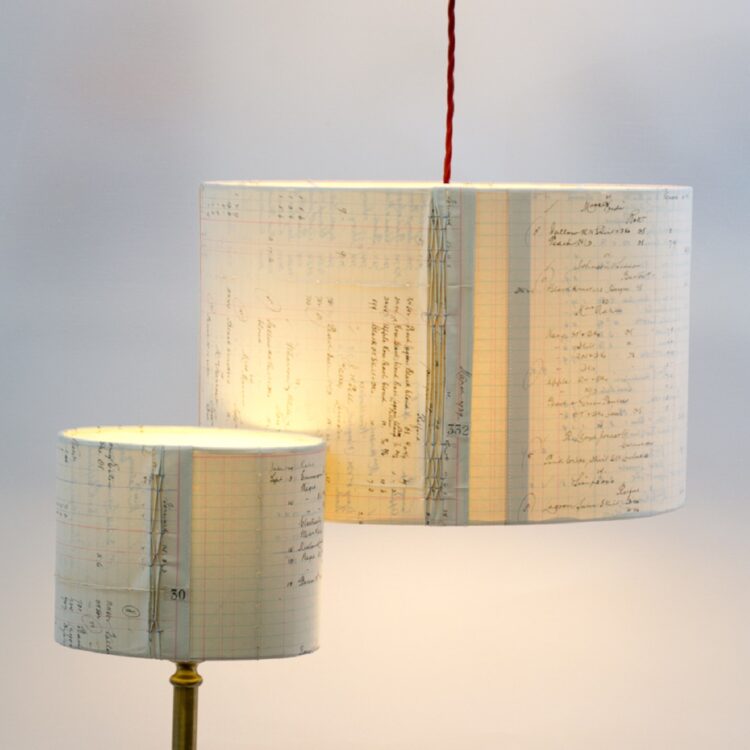
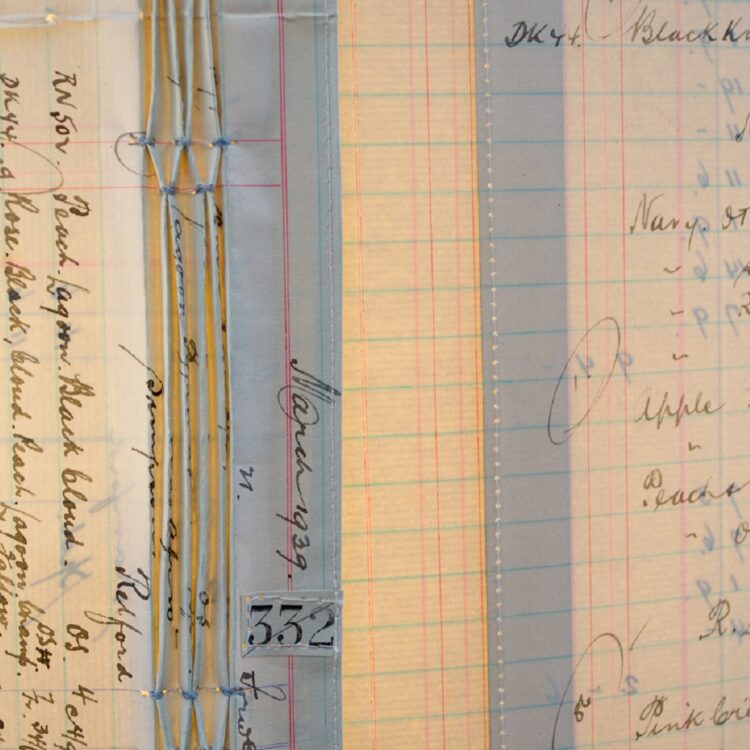
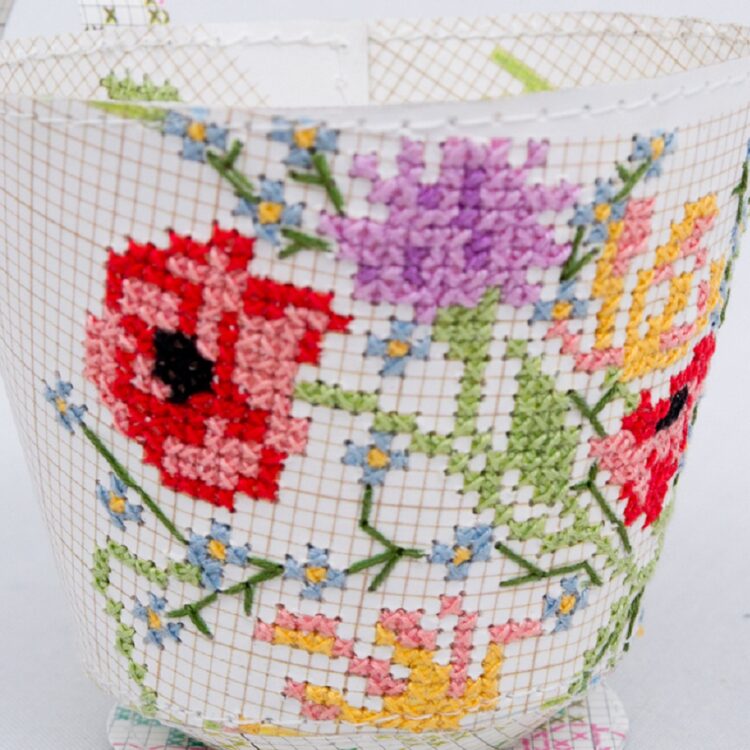
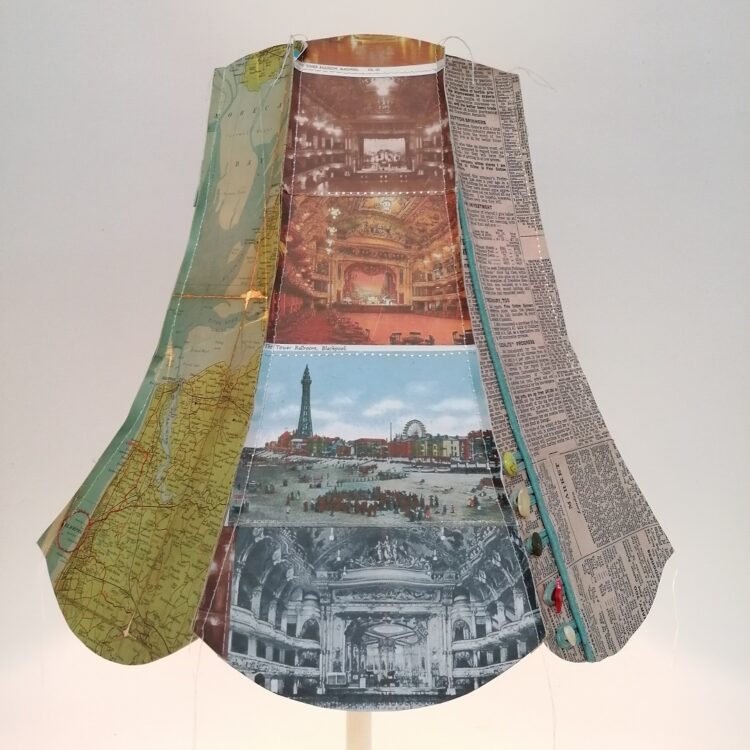
I am really interested in translating ‘lost stitches’ for use on paper. By lost stitches I mean heritage stitches that have become redundant, mainly due to being quicker to do on a sewing machine. For example, the picot stitch I use is a detached buttonhole stitch, which originally used to be a decorative button loop at the top of a garment.
I like to learn a stitch and then take the time to translate it for use on paper. It’s quite a slow process, first to master the stitch and then translate it so it can be used without the paper tearing. Because of this, I tend to stick to the few I have perfected but I want to find time to learn more and I’m particularly interested in decorative edging stitches.
Being dyslexic I struggle to learn by following instructions and diagrams in books. However, when I’m teaching in workshops people will often share their favourite stitches too, so it becomes a learning experience for everyone, including me.
Unfortunately, I think the ability to sew is already being lost thanks to fast fashion. There will be a whole generation who cannot do simple repairs, resulting in garments ending up in landfill.
Mending is an important life skill but, more than that, if these rarely-used heritage stitches are not taught and kept alive, an important part of our cultural heritage will be lost along with them.
When I started out I had such romantic visions of sitting sewing all day. I am juggling quite a lot as part of my ‘portfolio career’ – making to commission and fulfilling orders, creating work to sell whilst trying new ideas, running workshops and giving talks, taking part in exhibitions and public art commissions, residencies and all the massive demands of running a gallery – and then there is the admin! Unfortunately, It’s always the making of new work and developing new ideas that end up at the bottom of the list although I always vow to make more time for this.
It’s very hard to turn down paid work and I struggle to fit everything in. Some things that I really hate like book-keeping, tax returns, producing publicity material and updating the website are done by Print Garage, which is run by my life and business partner. However, there are things such as updating social media that I still want to do myself and I probably spend an average of two hours a day just replying to emails. Luckily I’ve got to the stage where I only undertake the workshops I enjoy.
I don’t have a standard week as it really depends on what I’m working on but as a rule, due to my gallery’s opening hours, Thursdays and Fridays are nearly always making days in the studio, and Monday inevitably ends up being an ‘admin and catching-up-on-emails’ day.
Saying all that, there is no better job in the world, and no bigger compliment than somebody wishing to buy a piece of your work, no matter how small, so making always wins as my favourite thing to do. I don’t make just because I want to, or even as a way of earning an income: I make because I simply have to. I adore making, and always find time to fit this into my day as it is the bit of my job I love and couldn’t live without.
By introducing hand sewing into my practice, I can always carry work with me in my bag whether I’m taking my son to a swimming lesson or just sewing in front of the TV. Making calms my mind, nourishes my soul and takes me to my happy place.
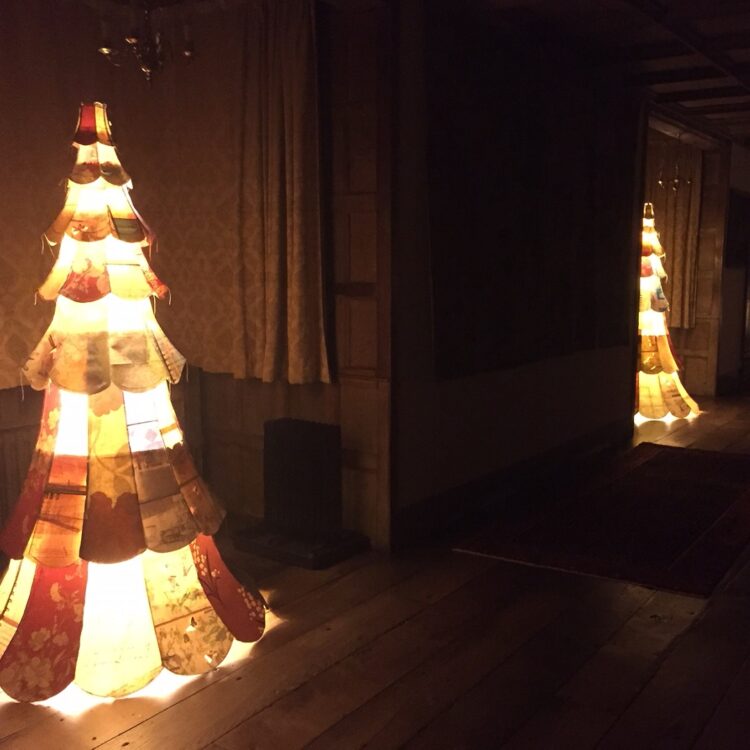
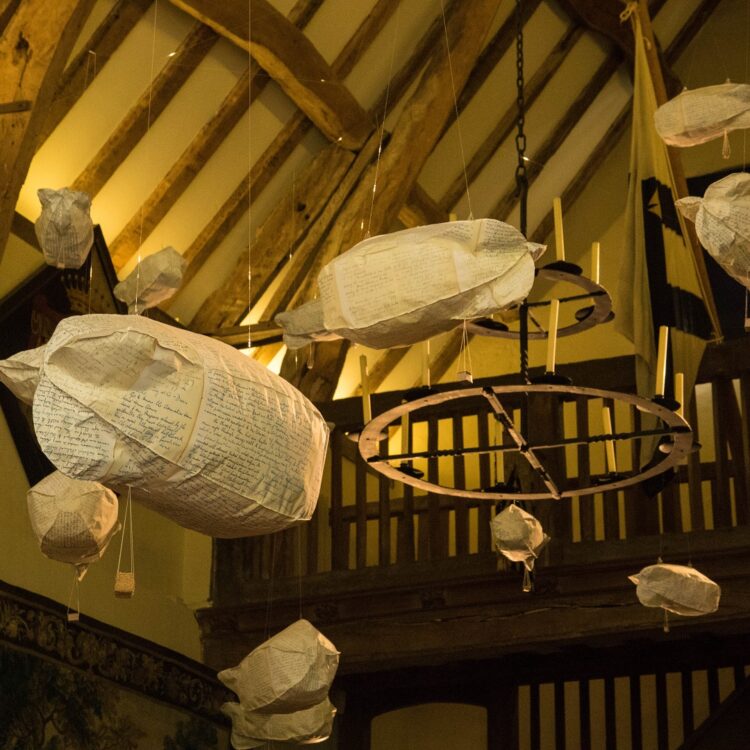
I always used to be someone who said no to opportunities if I didn’t think I could do them. However, over time and with the wisdom of age, I have learnt that by taking these things on, I am pushing my practice and learning new ways of making.
I have been really lucky to have done eight National Trust commissions in six different properties to date, and I’ve also undertaken public art commissions in libraries, heritage sites and even a couple outdoors.
In 2018 I was asked to make First World War observation balloons by an NT property I had previously worked with, Packwood House in Solihull, where I had dressed the whole of the property for ‘The Theatre of Christmas’. I produced a site specific commission of 13 lit paper lampshade ‘trees’, made up of 50 stitched paper lampshades constructed from archive papers, maps and site specific papers.
This involved working with staff and volunteers to make over 400 paper decorations and 400 paper flowers, as well as many other paper decorations throughout the property. So when they asked me to work with them again to make First World War observation balloons created from copies of the donor families’ war diaries I jumped at the chance.
I must admit I had assumed observation balloons were like hot air balloons but they are more the shape of Zeppelins and made from silk. I recreated these to scale from stitched paper, even down to the basket underneath. As I’d done lighting for this property before, part of the brief was to make ‘Elliptical’ light shades for their visitor reception, to give a clue as to the work displayed inside the property, and this is how my range of ‘Lozenge’ paper light shades came into being.
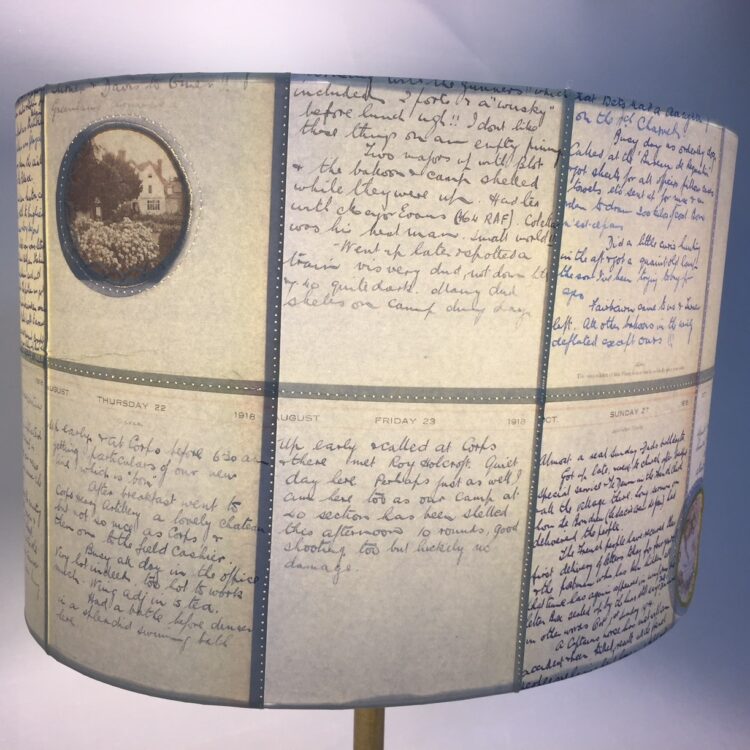
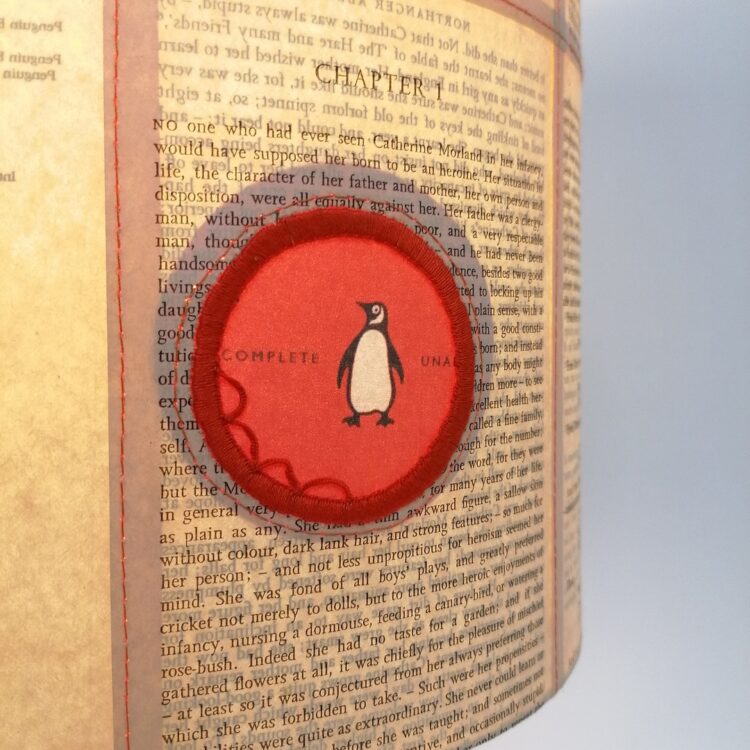
Although I usually spend the early part of the year focusing on forward planning I’ve learnt not to overthink it and trust that exciting projects and opportunities will come my way. They are just quite hard to control.
I am making a second piece of work for an exhibition in Canada commemorating the 100th anniversary of Canada’s 1923 Chinese Exclusion Act, hosted by the Chinese Canadian Museum in the historic Wing Sang building in the heart of Vancouver’s Chinatown. I am also working on another National Trust commission, which will be my ninth. This is a property I have done two site-specific commissions for previously.
I have no idea what direction my work will take in the future and that is the really exciting bit.
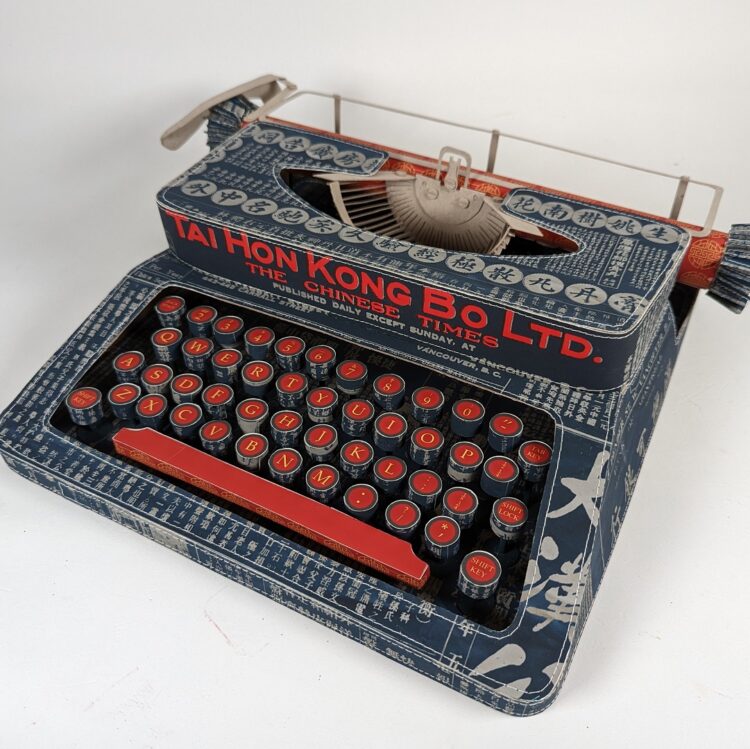
Discovering your own artistic voice takes time, patience and a spirit of curiosity.
Jennifer Collier completed a BA (Hons) in Textiles (Print, Knit and Weave) at Manchester Metropolitan University in 1999. She exhibits internationally and has had work stocked by galleries such as the Museum of Art and Design, New York, Liberty London and the Victoria & Albert Museum, London. Jennifer has worked on many private and public arts commissions, most notably for the National Trust. In 2010 Jennifer founded Unit Twelve Gallery in Stafford, a contemporary craft exhibition, art workshop and studio space, which is home to six artists’ studio spaces.
Website: jennifercollier.co.uk
Facebook: facebook.com/paperjennifer
Instagram: @paperjennifer
Have you used paper as a medium in your work? We’d love to hear what you’ve learned so share your discoveries in the comments below.